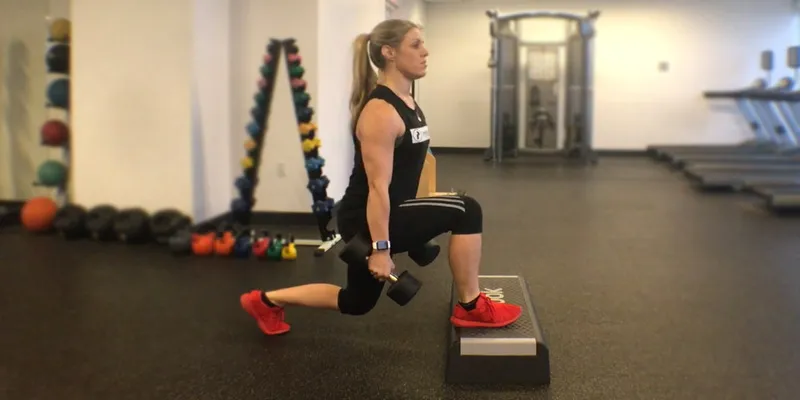Differences Between 5-Year ARM And 10-Year ARM
When considering adjustable-rate mortgages, a 10/1 ARM functions similarly to a 5/1 ARM. Though the initial processes are alike, key differences exist between them. Your financial goals and housing needs will help determine whether a 5-year ARM vs 10-year ARM is the right choice for you. Both options feature a combination of fixed and variable rates.
Understanding 5-Year ARM

A 5-year ARM is akin to a hybrid mortgage, offering a fixed interest rate for the first five years, followed by an adjustable rate for the remaining 25 years (as ARMs and fixed-rate mortgages typically span 30 years). ARM interest rates are influenced by economic and market conditions. The margin represents the base interest rate of a 5-year ARM and remains constant; however, the index, which is added to the margin, can fluctuate. Lenders determine adjustable-rate mortgage interest rates using both these static and variable components.
Predicting market conditions five years down the line when your 5-year ARM adjusts might be challenging, but ARM components can help estimate potential rate increases. These components usually comprise three figures (such as 2/1/5), providing insights into:
- Initial Cap
- Next Cap
- Lifetime Limit
Advantages of a 5-Year ARM
Homeowners with ARMs can benefit from falling rates without needing to refinance. Despite the potential for rising rates, adjustable-rate mortgages offer certain advantages.
Goldilocks Effect
Generally, adjustable-rate mortgages offer lower interest rates for shorter fixed-rate periods. A 3-year ARM typically has the lowest rate, but it adjusts after three years. A 5-year ARM , however, often comes with a lower teaser rate than a 7- or 10-year ARM, offering a comfortable period to manage interest rates. This makes it an appealing choice for some homebuyers seeking a “just right” option.
Lower Lifetime Interest
During the low introductory rate period, you could use your savings to aggressively pay down your principal, reducing the loan amount and your interest rate. This approach is particularly beneficial if the adjusted loan period is taken into account.
Buyers’ Decision Authority
In times of inflation or higher prices, some buyers leverage ARMs to extend their home-buying budget. With less of the monthly payment going towards interest during the introductory phase, buyers might qualify for higher mortgages. However, ensuring you can handle a larger payment if you choose not to move or refinance is crucial.
Disadvantages of 5-Year ARM
Beyond the rate increase after five years, 5-year adjustable-rate mortgages have other drawbacks.
Costly Refinancing
When your 5-year ARM rate rises, refinancing or securing a new loan is an option. However, closing costs for such refinancing can be steep, potentially reaching up to 6% of your outstanding balance.
More Uncertainty
The adjustable phase of a 5-year ARM lasts five times longer than the fixed period (25 years for a 30-year loan), making it a risky choice to hold onto. While your career path might allow for higher payments, a 5-year ARM may not be ideal if you’re unsure about managing a larger mortgage payment.
Understanding 10-Year ARM

The interest rate of a 10/1 ARM is likely to fluctuate alongside the mortgage during its adjustable period. The margin is a fixed base rate, but the index can vary, affecting ARM interest rates. Lenders determine adjustable mortgage rates by adding the index to the margin.
When comparing 10/1 ARMs, lenders offer different interest rates and loan terms. After the introductory period, no significant changes occur as they do with the 5-year option. Instead, caps indicate potential interest rate changes, typically expressed in three figures, such as 2/2/5. These caps are:
- Initial cap
- Repeated cap
- Lifetime limit
Advantages of a 10-Year ARM
Here are some benefits of opting for a 10-year ARM:
Better Buying Power
For the initial 10 years, reduced interest payments on your mortgage could enable you to afford a more expensive property without altering your budget. After the promotional period, you may face higher interest rates or need to exit the deal. While refinancing to a different loan type is possible, closing costs can be significant.
Enough Loan
If your plan is to reside in the home for less than 10 years, you can enjoy the fixed-rate advantages of an ARM without experiencing the adjustable phase. Adhering to this strategy could save you money compared to purchasing the same home with another lender.
Extra Time to Pay Off Principal
The low interest rate allows you to aggressively reduce your principal with any “extra” funds during that decade. When the ARM resets or you refinance, your mortgage debt will be lower. Staying with the ARM means paying interest on a reduced amount. If you refinance with a smaller loan amount, your closing fees will also decrease (2% to 5% of the loan amount).
Disadvantages of 10-Year ARM
The 10-year ARM isn’t suitable for everyone. Here are the drawbacks:
Reduced Predictability
Even with limitations, you won’t know your monthly mortgage payment beyond the initial period. After 10 years, if you love your home and want to stay, but your budget can’t accommodate rate increases, it could pose a problem.
Expensive to Leave
If you plan to move after some time, this option poses no issue. However, if you need to switch to a fixed-rate loan or another ARM, consider the refinancing costs. Refinance closing expenses might range from 2% to 5% of loan costs, negating your introductory rate savings.
Bottom Line: Which One to Pick?
Your finances and planned duration in the home will guide your decision between a 5-year or 10-year adjustable-rate mortgage. A 5-year ARM offers a lower initial interest rate, but rates could change significantly after five years, making it appealing for those planning to move or refinance soon. Conversely, a 10-year ARM may be more suitable if you prefer stable payments and intend to stay in your home for an extended period.










